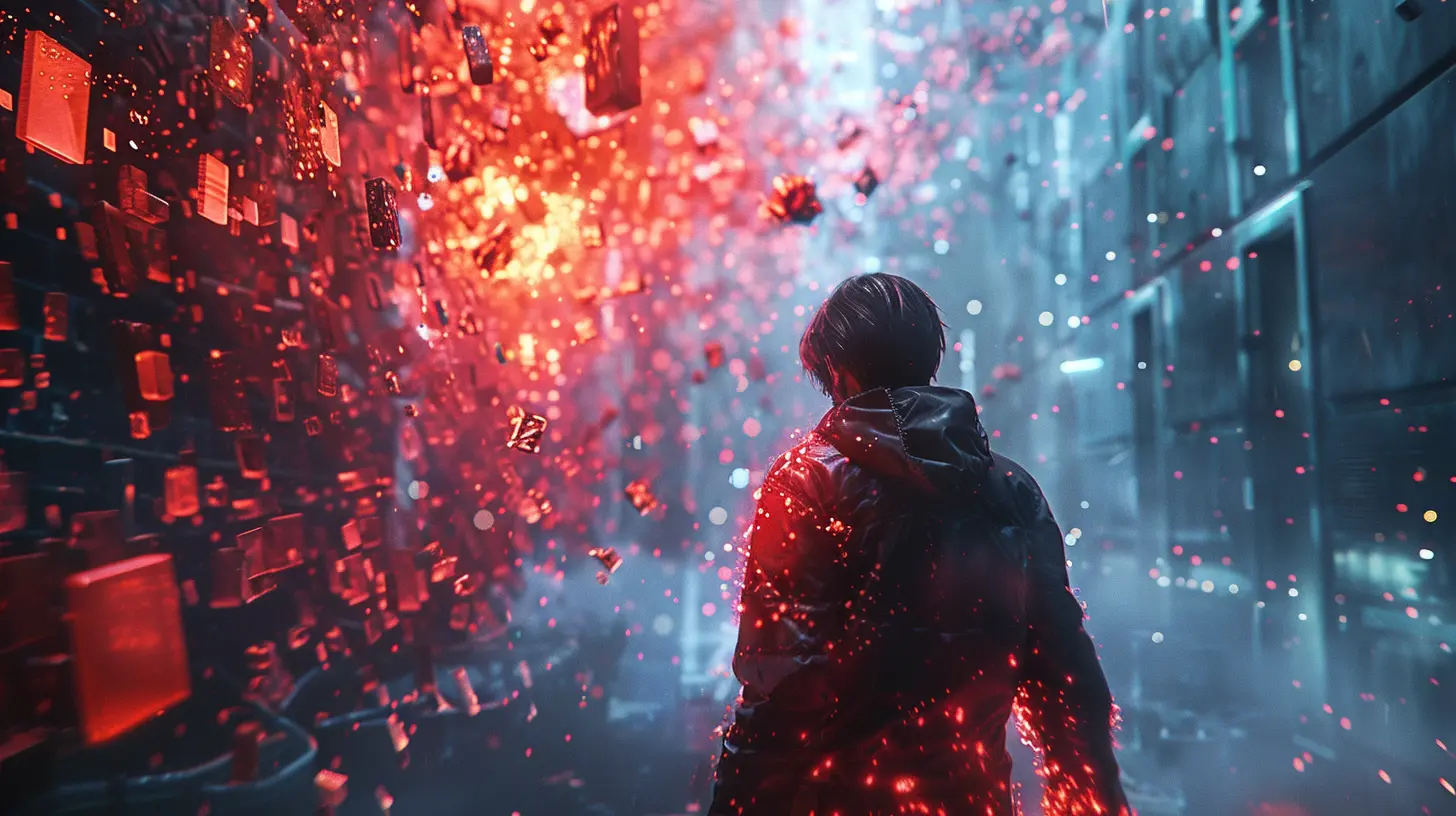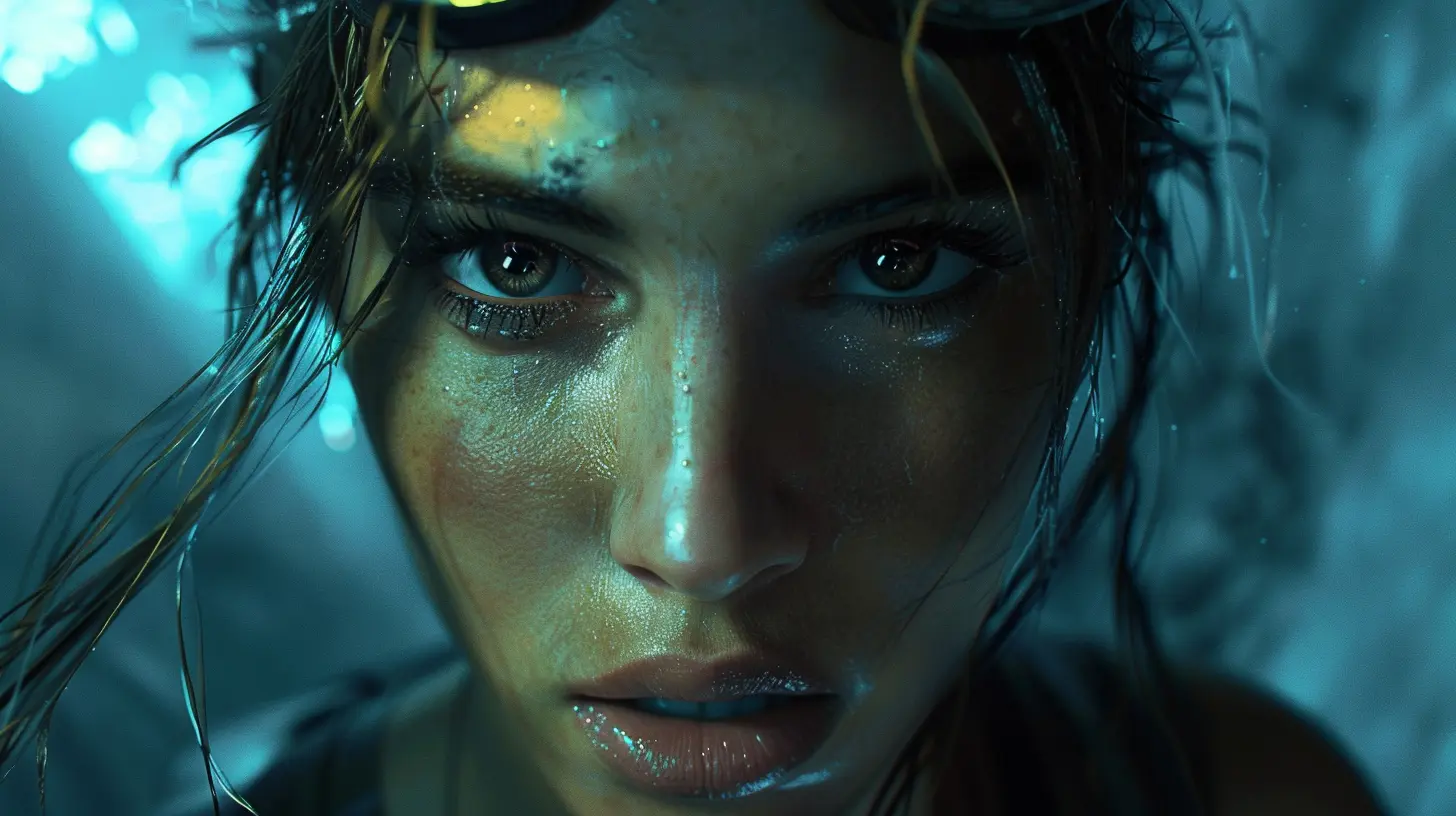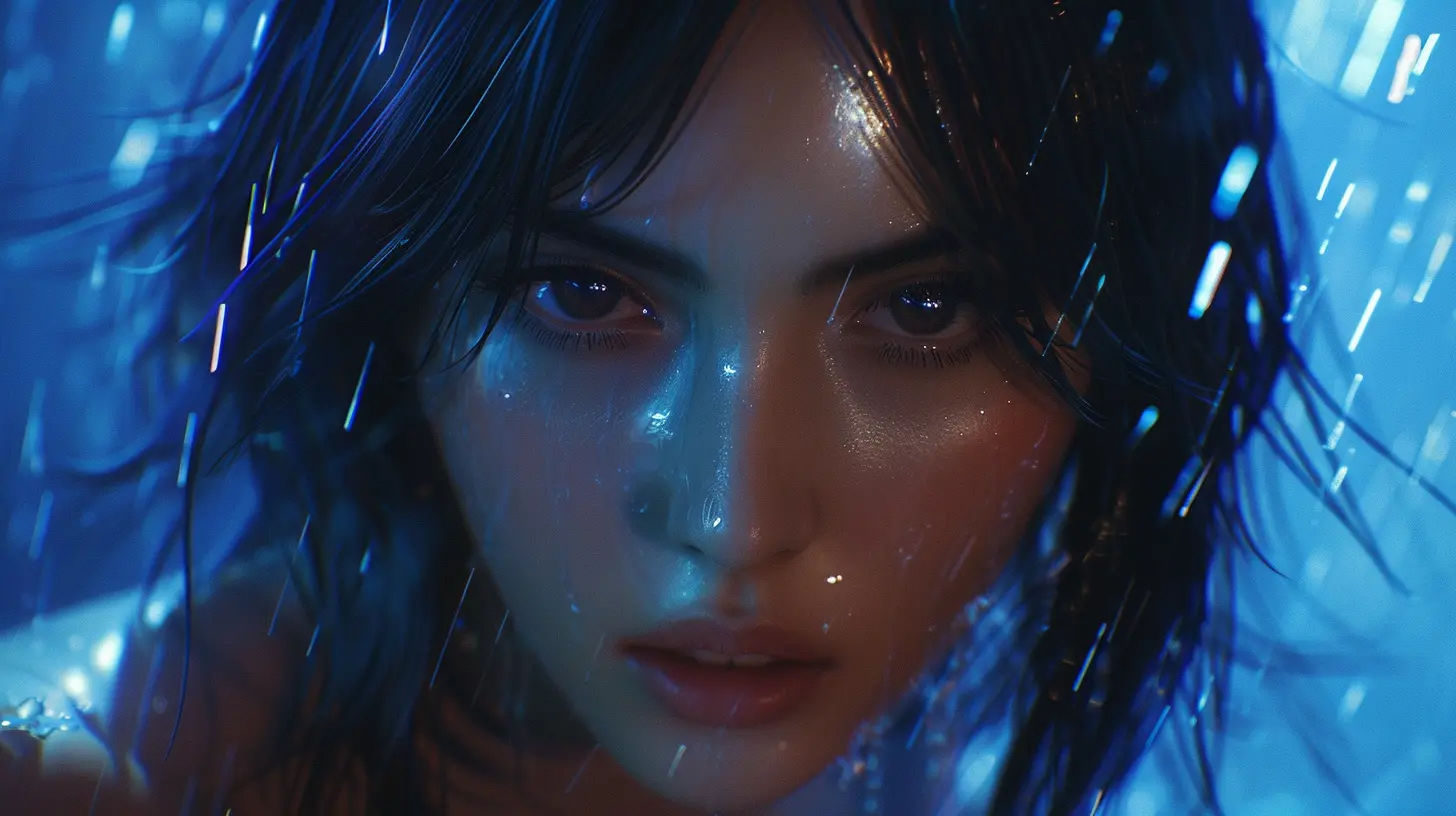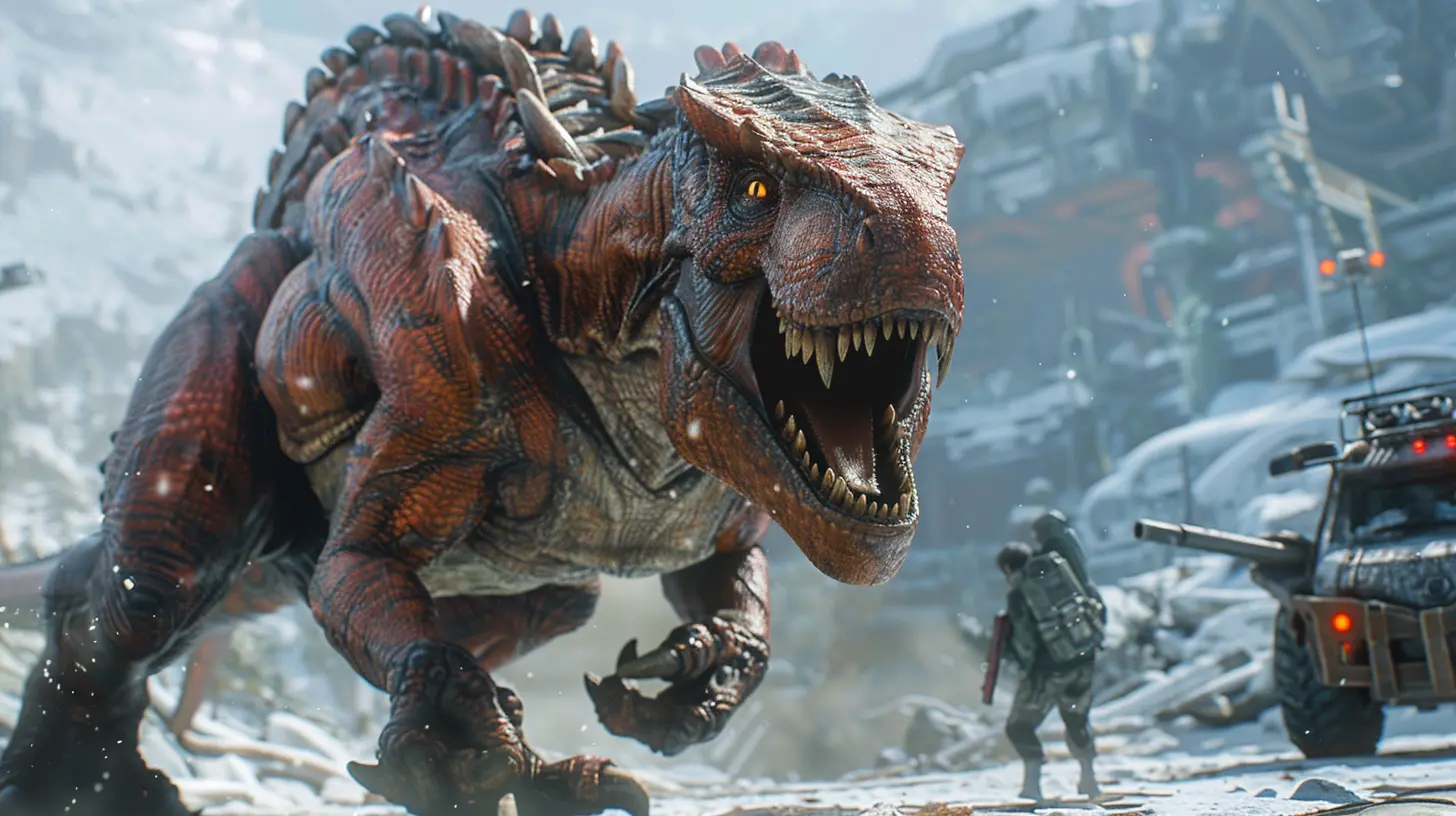The Realism in PlayStation Exclusives: From Facial Animation to Physics
29 June 2025
If you're a PlayStation fan or even just a casual gamer, chances are you've been glued to your screen at some point, jaw dropped, asking yourself: Is this real life? That’s the kind of immersion Sony's first-party studios aim for — a gaming experience that blurs the line between digital imagination and raw reality. Whether it's a subtle eyebrow raise in a cutscene or the way a backpack sways on a character’s shoulder while running, the realism in PlayStation exclusives is on another level.
Let’s break down how PlayStation exclusives have set the gold standard for realism — from facial animations that scream emotion to physics that obey every law of nature (well, almost every law).
Why Realism Matters in Video Games
Let’s be real — video games have come a long, long way since pixelated plumbers and blocky gunfights. Today, gamers crave immersion. We want to feel like we're actually in the world, not just playing through it. That’s where realism steps in.Realism isn’t just about sharp textures or 4K resolution. It’s about believability. It’s that moment when a character looks at you just right, or when glass doesn’t just shatter, but crumbles the way it would in real life. It deepens the emotional impact and helps suspend disbelief, pulling you into the story like a magnet.
And no one does this quite like PlayStation exclusives.
Cinematic Storytelling: The Art of Making You Forget You're Playing a Game
One of the first things you’ll notice in PlayStation exclusive titles is how cinematic they feel. Think of games like The Last of Us Part II or God of War Ragnarök. These aren’t just games. They’re interactive movies — with Oscar-worthy plots, character development, and yes, visuals that could rival big-budget Hollywood films.What makes them so cinematic? A few things:
- Lifelike facial animations
- Seamless camera transitions
- Natural character motion
- Realistic environment interaction
Let’s dive into each of these, shall we?
Facial Animations That Speak Volumes (Even Without Words)
Ever watch a character in a PlayStation game and feel like they’re thinking what you’re thinking? That’s no coincidence. Studios like Naughty Dog and Guerrilla Games have pushed the envelope on facial animation. Using advanced motion capture, they capture even the tiniest expressions — clenched jaws, twitching eyebrows, tear-filled eyes.Take Ellie from The Last of Us Part II. Her grief, fear, rage — all of it is etched on her face without needing lengthy dialogue. The result? You don’t just play as her, you feel as her.
It’s storytelling at its finest, where a single glance can hit harder than a 10-minute monologue.
Body Physics: Movement That Makes Sense
Ever played a game where the characters sprint like they’ve got lead bricks in their shoes? Yeah, it kills immersion.PlayStation exclusives prioritize authentic movement. Whether it’s Aloy navigating treacherous cliffs in Horizon Forbidden West or Kratos swinging the Leviathan Axe in God of War, the animations are smooth, responsive, and grounded in physics that mimic real-world motion.
Character weight, momentum, stamina — they’re all accounted for. You’ll notice NPCs react differently when bumped into, objects have real weight, and characters adjust posture depending on the environment. It's like a constant choreography of realism happening right under your thumbs.
Environmental Realism: Worlds That Breathe
Alright, let’s talk scenery. We’re not just talking about pretty skies or detailed trees. No, we’re talking living, breathing worlds.In Ghost of Tsushima, the wind literally guides you. In Horizon, the world feels like it could exist — with ecosystems, weather systems, and day-night cycles that aren’t just for show.
Everything is purpose-built to feel real. Birds scatter when you get close, water flows differently depending on terrain, and lighting changes subtly throughout the day.
When all of this combines, it doesn’t just look pretty — it feels alive.
Realistic Sound Design: Because Your Ears Matter Too
Visuals are only half the story. A huge part of realism comes from stellar sound design.Ever heard the crunch of snow under Joel’s boots? Or the eerie silence before a Clicker attacks? That’s top-tier audio engineering at work.
PlayStation games often use 3D audio to make you feel like you're right in the middle of the action. Sounds move around you, echo differently based on surfaces, and evolve with the environment.
It’s subtle, but once you notice it — you can’t un-notice it.
Attention to Micro-Details: The Devil’s in the Details (and Sony Knows It)
This is where PlayStation exclusives truly flex.Let’s talk about a few “small” things that make a huge difference:
- In Uncharted 4, Nathan Drake touches walls when he’s close to them. That’s right — he doesn’t just run past; he interacts with the environment.
- In The Last of Us Part II, you can see individual raindrops hit surfaces and form puddles.
- Clothing and hair sway differently based on wind and movement.
- Vehicles in Gran Turismo 7 respond to wear and tear down to individual tire degradation.
It’s the tiny stuff that often goes unnoticed — but it’s also what makes the game world feel so dang real.
AI Behavior: Because NPCs Deserve to Be Smart Too
You know what breaks immersion? Dumb NPCs.Luckily, PlayStation exclusives don’t play that game.
From enemies flanking intelligently in The Last of Us to companions like Atreus offering actual help in God of War, the AI is built to respond to you, not just follow scripts.
This means:
- Enemies adapt their tactics
- Allies adjust based on your playstyle
- Wildlife reacts to noise and movement
Basically, the game world evolves around you. You're not just a player, you're a participant in a dynamic system.
Physics That Feel Real (And Sometimes Hurt)
Physics in PlayStation games? Oh, they’re next-level.Remember the way debris flies after an explosion in Uncharted? Or how Kratos’ axe comes back with a satisfying thunk and precise arc? That’s physics done right.
Good physics make every action feel important. Whether it's climbing, jumping, fighting, or looting, everything has weight and reaction. Damage isn’t just cosmetic — it affects gameplay.
And it’s all so visceral. Haptic feedback on the PS5 controller even lets you feel the difference between walking on sand versus wood. It’s like your fingers are touching the game.
The Power Behind the Curtain: Technology Makes It All Happen
Let’s not forget the engine behind the magic.Studios like Naughty Dog and Sucker Punch build custom engines or heavily modify existing ones, allowing for:
- Real-time lighting and ray tracing
- Detailed facial muscle tracking
- Advanced AI programming
- Realistic cloth and particle physics
Combine that with the PS5’s SSD, and loading times are practically nonexistent — letting you stay in the moment without those immersion-breaking pauses.
Yes, the tech matters. But it’s the creative vision behind the tech that brings it all to life.
Emotional Realism: When the Game Hits You Right in the Feels
This one gets overlooked, but it’s crucial.Games like The Last of Us, Journey, and Returnal don’t just look real — they make you feel stuff. Deep, emotional, gut-wrenching stuff.
That’s because the realism isn’t just skin-deep. It’s baked into the writing, the performances, and the gameplay. Characters cry, scream, laugh, and suffer in ways that hit close to home.
When Joel and Ellie share a quiet, awkward moment. When Jin in Ghost of Tsushima hesitates before killing a former friend. These are human moments rendered with painful honesty.
That’s the real power of realism — it makes stories unforgettable.
Final Thoughts: Why PlayStation Exclusives Set the Standard
By now, you get it. PlayStation exclusives don’t just aim to impress — they aim to immerse. It’s a blend of cutting-edge technology, masterful storytelling, razor-sharp attention to detail, and emotional depth.From the furrow of a brow to the crunch of gravel underfoot, every little element works together to create something magical.
So the next time you boot up a PS5 exclusive and lose yourself in its world, take a second to appreciate the wizardry behind it all. Because when it comes to realism in games, Sony’s leading the charge — and the rest of the industry is just trying to catch up.
all images in this post were generated using AI tools
Category:
Playstation ExclusivesAuthor:

Jack McKinstry
Discussion
rate this article
2 comments
Melanie McKittrick
Great insights! The evolution of realism in PlayStation exclusives truly enhances our gaming experience. It's fascinating to see how advancements in facial animation and physics create more immersive worlds. Keep up the amazing work!
November 7, 2025 at 4:30 PM
Juniper McCoy
Realism enhances immersion, but at what cost?
July 6, 2025 at 4:35 AM

Jack McKinstry
While realism boosts immersion, it often demands significant resources, potentially sacrificing gameplay innovation and storytelling depth in favor of graphical fidelity. Balancing these elements is key.


